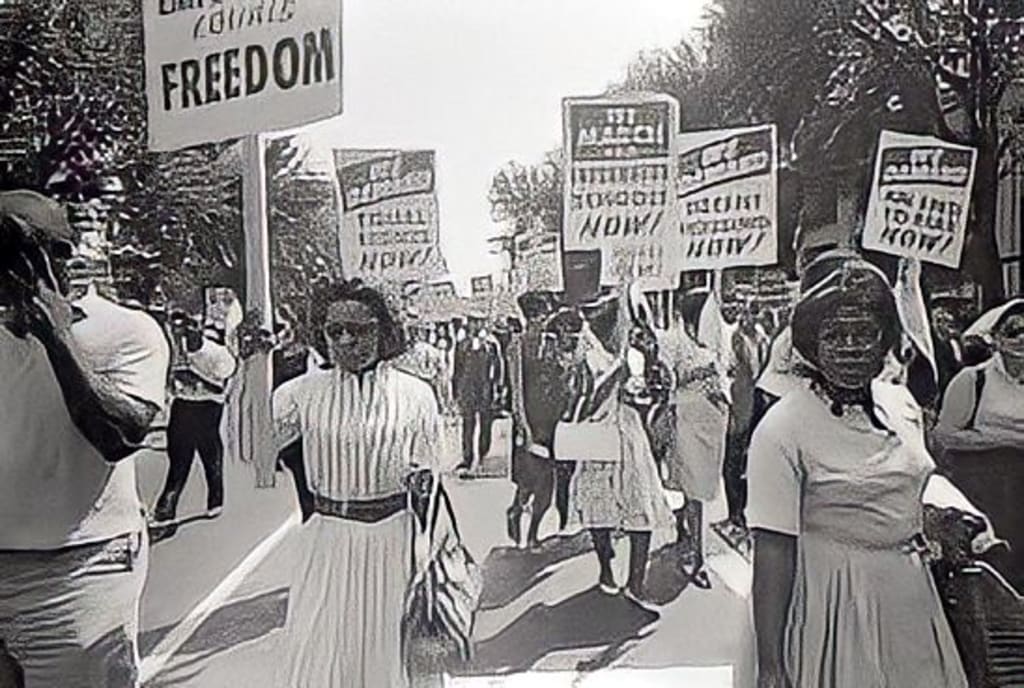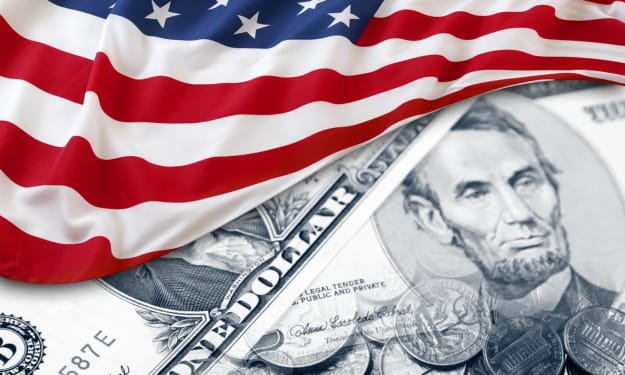The Civil Rights Movement: A Struggle for Equality and Justice in the United States
Ninth important topic of USA

Title: The Civil Rights Movement: A Struggle for Equality and Justice in the United States
Introduction
The Civil Rights Movement of the 1950s and 1960s was a pivotal chapter in American history, marked by a courageous struggle for racial equality and justice. Rooted in the long-standing fight against racial discrimination and segregation, this movement challenged systemic racism and galvanized a nation to confront its deep-seated prejudices. In this article, we delve into the historical context, key figures, significant events, and lasting impact of the Civil Rights Movement in the United States.
Historical Context and Segregation
The United States had a long history of racial discrimination and segregation, particularly in the southern states. Despite the abolition of slavery after the Civil War and the passage of constitutional amendments guaranteeing equal protection and voting rights for all citizens, African Americans continued to face widespread systemic racism, Jim Crow laws, and social inequality.
Key Figures and Leaders
The Civil Rights Movement was led by a diverse group of courageous individuals who fought tirelessly for racial justice. Prominent figures like Martin Luther King Jr., Rosa Parks, Malcolm X, Medgar Evers, and many others became symbols of the movement, inspiring millions with their activism, speeches, and nonviolent resistance strategies.
Key Events and Milestones
1. Montgomery Bus Boycott (1955-1956): Rosa Parks' refusal to give up her bus seat to a white passenger in Montgomery, Alabama, sparked a year-long boycott of the city's bus system. This successful protest against segregation served as a catalyst for the broader Civil Rights Movement.
2. Sit-Ins and Freedom Rides: Activists employed nonviolent strategies, including sit-ins at segregated lunch counters and freedom rides on buses, to challenge segregation laws and demand equal rights. These acts of civil disobedience drew national attention and exposed the injustices faced by African Americans.
3. March on Washington (1963): The historic March on Washington for Jobs and Freedom, where Martin Luther King Jr. delivered his iconic "I Have a Dream" speech, brought together hundreds of thousands of people to advocate for civil rights and economic equality.
4. Civil Rights Act of 1964: This landmark legislation outlawed racial segregation in public facilities and employment discrimination based on race, color, religion, sex, or national origin. It was a significant victory for the Civil Rights Movement and a crucial step toward achieving equal rights.
5. Voting Rights Act of 1965: This act aimed to overcome barriers to voting for African Americans by prohibiting discriminatory practices, such as literacy tests and poll taxes. It sought to ensure equal access to the voting booth and empower marginalized communities.
Legacy and Lasting Impact
The Civil Rights Movement played a pivotal role in reshaping the United States and advancing the cause of racial equality. Its impact was far-reaching:
1. Legal and Legislative Changes: The movement led to the passage of landmark civil rights legislation, including the Civil Rights Act of 1964 and the Voting Rights Act of 1965, which dismantled legal segregation and protected voting rights.
2. Social and Cultural Transformation: The movement challenged prevailing attitudes and norms, raising awareness about racial injustice and inspiring a broader movement for social change. It paved the way for increased diversity and inclusion in various sectors of society.
3. Ripples of Activism: The Civil Rights Movement inspired and influenced subsequent movements, including those advocating for women's rights, LGBTQ+ rights, and the broader pursuit of social justice.
4. Continued Struggles: While significant progress has been made, the fight for racial equality and justice continues. Issues such as systemic racism, police brutality, and socioeconomic disparities persist, highlighting the ongoing relevance of the Civil Rights Movement's goals.
Conclusion
The Civil Rights Movement was a transformative period in American history, challenging racial segregation and discrimination while
demanding equality and justice for all citizens. Through the tireless efforts of its leaders and activists, it sparked significant legal, social, and cultural changes that continue to shape the United States today. The legacy of the Civil Rights Movement serves as a reminder of the power of grassroots activism and the ongoing need to strive for a more inclusive and equitable society.
About the Creator
Enjoyed the story? Support the Creator.
Subscribe for free to receive all their stories in your feed. You could also pledge your support or give them a one-off tip, letting them know you appreciate their work.





Comments
There are no comments for this story
Be the first to respond and start the conversation.